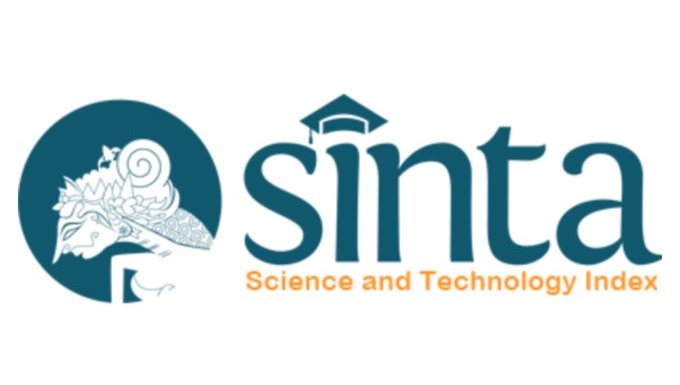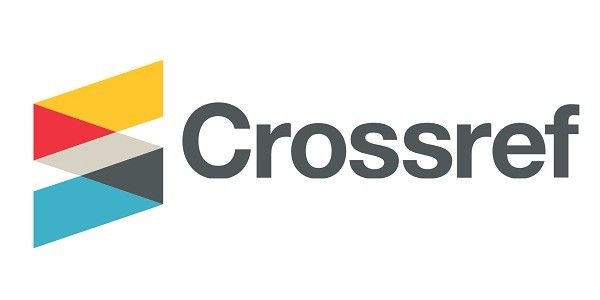The Development of Teledermoscopy in Indonesia: A Review from a Health Law Perspective
DOI:
https://doi.org/10.55175/cdk.v52i11.1677Keywords:
Health, law, teledermatology, teledermoscopy, telemedicinesAbstract
Teledermoscopy, as a component of telemedicine, represents an important innovation in dermatological healthcare that enhances accessibility, effectiveness, and the overall quality of medical services in Indonesia. This technology provides significant benefits, particularly for communities in regions with limited access to dermatology specialists. Law Number 17 of 2023 concerning Health and Government Regulation Number 28 of 2024 serve as the primary legal foundations supporting the implementation of teledermoscopy in Indonesia. These regulations address the legality of practice, patient data protection, information security standards, and the responsibilities of healthcare professionals and electronic system providers in delivering digital health services. Teledermoscopy
enables remote examination, diagnosis, and monitoring of skin lesions through digital dermoscopy devices connected to the national health information system. The technology accelerates diagnosis, facilitates referrals, and broadens access to dermatological care. With a robust legal framework, continuous professional training, and reliable digital infrastructure, teledermoscopy has the potential to become a strategic component in the transformation of Indonesia’s national healthcare system.
Downloads
References
Sesunan RI, Sulistiadi W. Telemedicine sebagai strategi pelayanan rumah sakit pada era pandemi COVID-19. J Pendidikan Tambusai.2022;6(2):13234–41.
Ibrahim AE, Magdy M, Khalaf EM, Mostafa A, Arafa A. Teledermatology in the time of COVID-19. Int J Clin Pract. 2021;75(12):e15000. doi: 10.1111/ijcp.15000.
Sulaiman E, Handayani T, Mulyana A. Juridical study of telemedicine consulting services in Indonesia. Soepra J Hukum Kes.2021;7(2):275–91. https://doi.org/10.24167/shk.v7i2.4035.
Janda M, Horsham C, Vagenas D, Loescher LJ, Gillespie N, Koh U, et al. Accuracy of mobile digital teledermoscopy for skin selfexaminations in adults at high risk of skin cancer: an open-label, randomised controlled trial. Lancet Digit Heal. 2020;2(3):e129–37. doi: 10.1016/S2589-7500(20)30001-7.
Deda LC, Goldberg RH, Jamerson TA, Lee I, Tejasvi T. Dermoscopy practice guidelines for use in telemedicine. NPJ Digit Med. 2022;5(1):55. doi: 10.1038/s41746-022-00587-9.
Primayani FD, Pratama MF, Putri ZJ. Layanan telemedicine: aspek hukum dan perjanjian terapeutik. Soepra J Hukum Kes. 2023;9(2):183–99. https://doi.org/10.24167/sjhk.v9i2.10624.
Andardewi MF, Krisanti RI, Budianti WK, Effendi EH. Dermoskopi pada penyakit inflamasi kulit. Media Dermato Venereol Indones.2021;48(1):40–9. https://doi.org/10.33820/mdvi.v48i1.178.
Uppal SK, Beer J, Hadeler E, Gitlow H, Nouri K. The clinical utility of teledermoscopy in the era of telemedicine. Dermatol Ther. 2021;34(2):e14766. doi: 10.1111/dth.14766.
Giantoro J, Waskito F. Penggunaan telemedisin pada dermatologi di era digital. Media Dermato Venereol Indones. 2021;48(4):198–202. https://doi.org/10.33820/mdvi.v48i4.125.
Katragadda C, Finnane A, Soyer HP, Marghoob AA, Halpern A, Malvehy J, et al. Technique standards for skin lesion imaging: a Delphi consensus statement. JAMA Dermatol. 2017;153(2):207–13. doi: 10.1001/jamadermatol.2016.3949.
Pendlebury GA, Roman J, Shrivastava V, Yuan J. A call to action: evidence for the military integration of teledermoscopy in a pandemic era. Dermatopathology 2022;9(4):327–42. https://doi.org/10.3390/dermatopathology9040039.
Veronese F, Branciforti F, Zavattaro E, Tarantino V, Romano V, Meiburger KM, et al. The role in teledermoscopy of an inexpensive and easy-to-use smartphone device for the classification of three types of skin lesions using convolutional neural networks. Diagnostics 2021;11(3):451. doi: 10.3390/diagnostics11030451.
Jaworek-Korjakowska J, Kleczek P. eSkin: study on the smartphone application for early detection of malignant melanoma. Wirel Commun Mob Comput. 2018;2018(1):5767360. https://doi.org/10.1155/2018/5767360.
Bourkas AN, Barone N, Bourkas ME, Mannarino M, Fraser RD, Lorincz A, et al. Diagnostic reliability in teledermatology: a systematic review and a meta-analysis. BMJ Open. 2023;13(8):e068207. doi: 10.1136/bmjopen-2022-068207.
Undang-Undang Dasar Negara Republik Indonesia Tahun 1945. Jakarta: Pemerintah Republik Indonesia; 1945.
Hamzah IF. Telekesehatan dan telemedisin: perspektif hukum kesehatan. J Ilmu Sosial Dan Pendidikan. 2024;2(2):125–31.
Undang-Undang nomor 17 tahun 2023 tentang kesehatan [Internet]. Jakarta: Pemerintah Republik Indonesia; 2023. Available from: https://peraturan.bpk.go.id/details/258028/uu-no-17-tahun-2023.
Peraturan Menteri Kesehatan nomor 20 tahun 2019 tentang penyelenggaraan pelayanan telemedis antar fasilitas pelayanan
kesehatan [Internet]. Jakarta: Kementerian Kesehatan Republik Indonesia; 2019. Available from: https://peraturan.bpk.go.id/Details/138613/permenkes-no-20-tahun-2019.
Peraturan Pemerintah nomor 28 tahun 2024 tentang Peraturan Pelaksanaan Undang-Undang nomor 17 tahun 2023 tentang kesehatan [Internet]. Jakarta: Pemerintah Republik Indonesia; 2024. Available from: https://peraturan.bpk.go.id/details/294077/ pp-no-28-tahun-2024.
Simatupang JR, Fahmi S. Efektivitas penggunaan media telemedicine berdasarkan hukum Indonesia dan Malaysia. J Hukum Samudra Keadilan. 2023;18(1):15–32. https://doi.org/10.33059/jhsk.v18i1.7183.
Downloads
Published
How to Cite
Issue
Section
License
Copyright (c) 2025 Gabriela Reginata, Karina Noviani

This work is licensed under a Creative Commons Attribution-NonCommercial 4.0 International License.





















